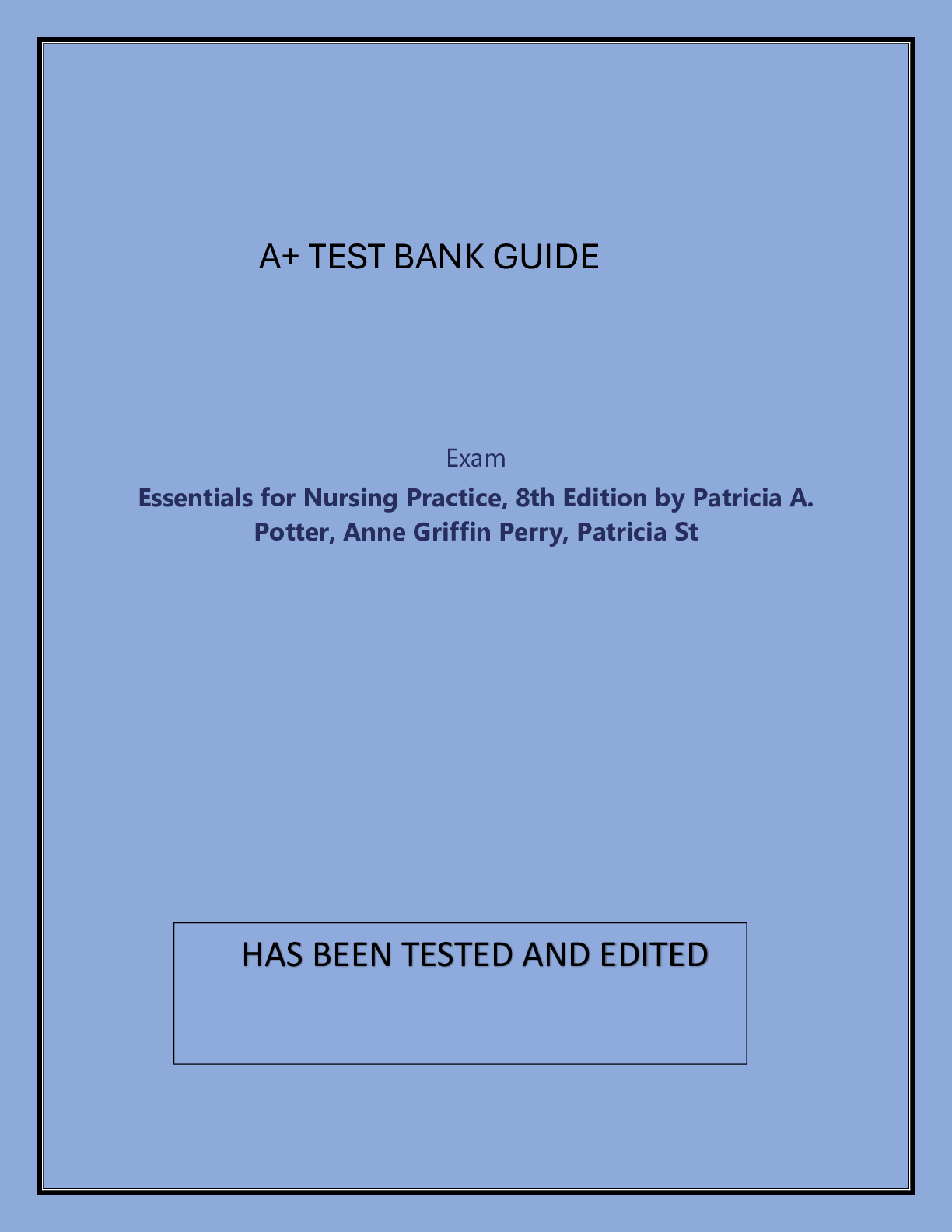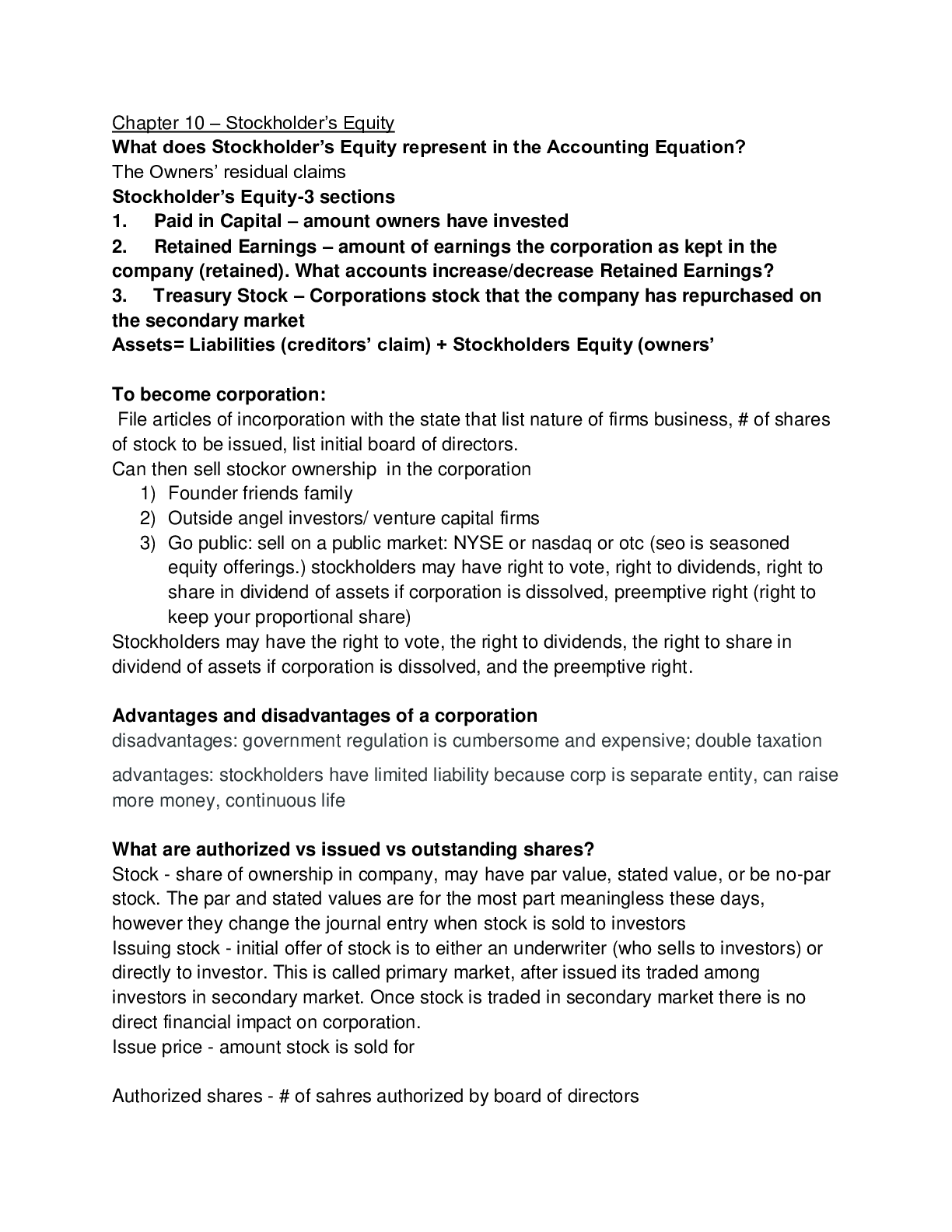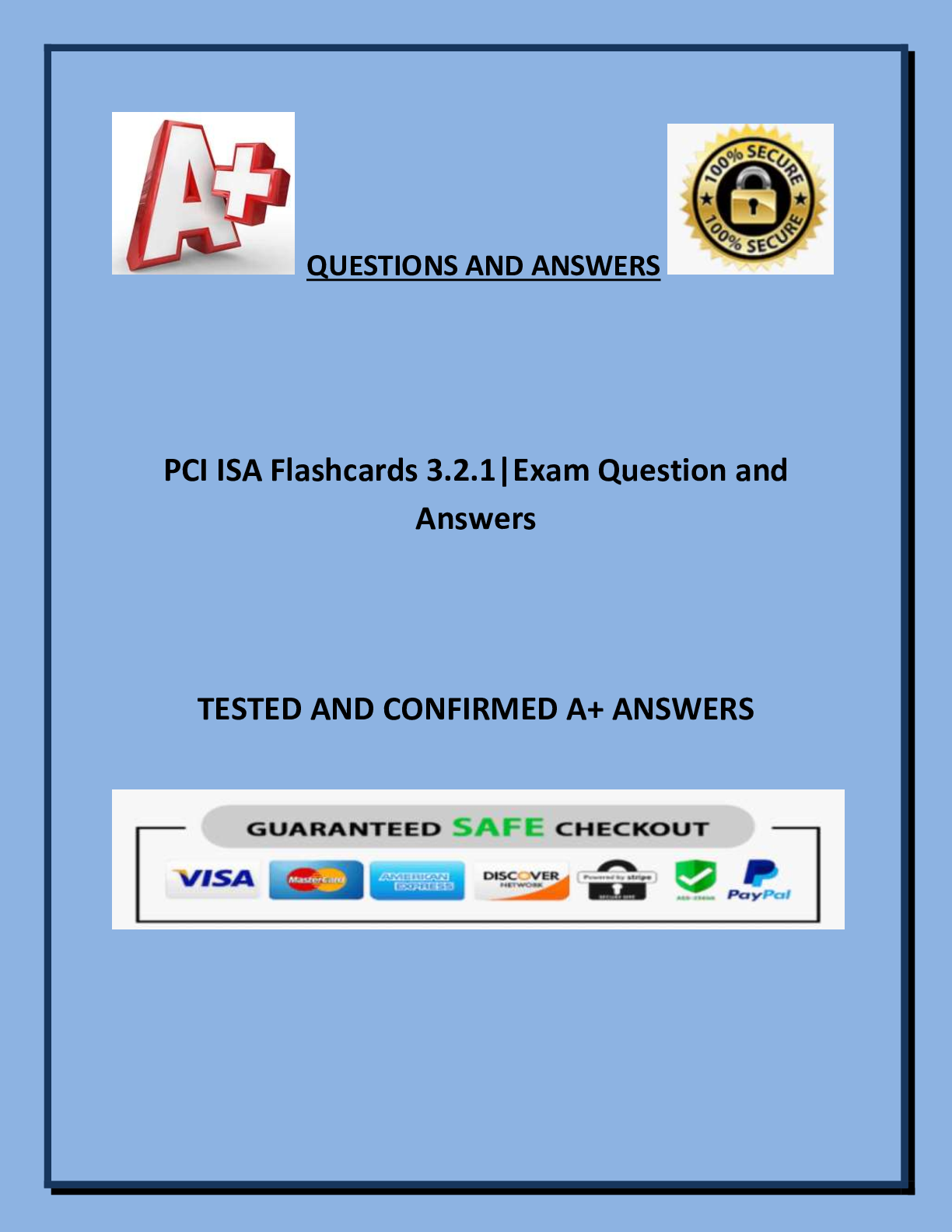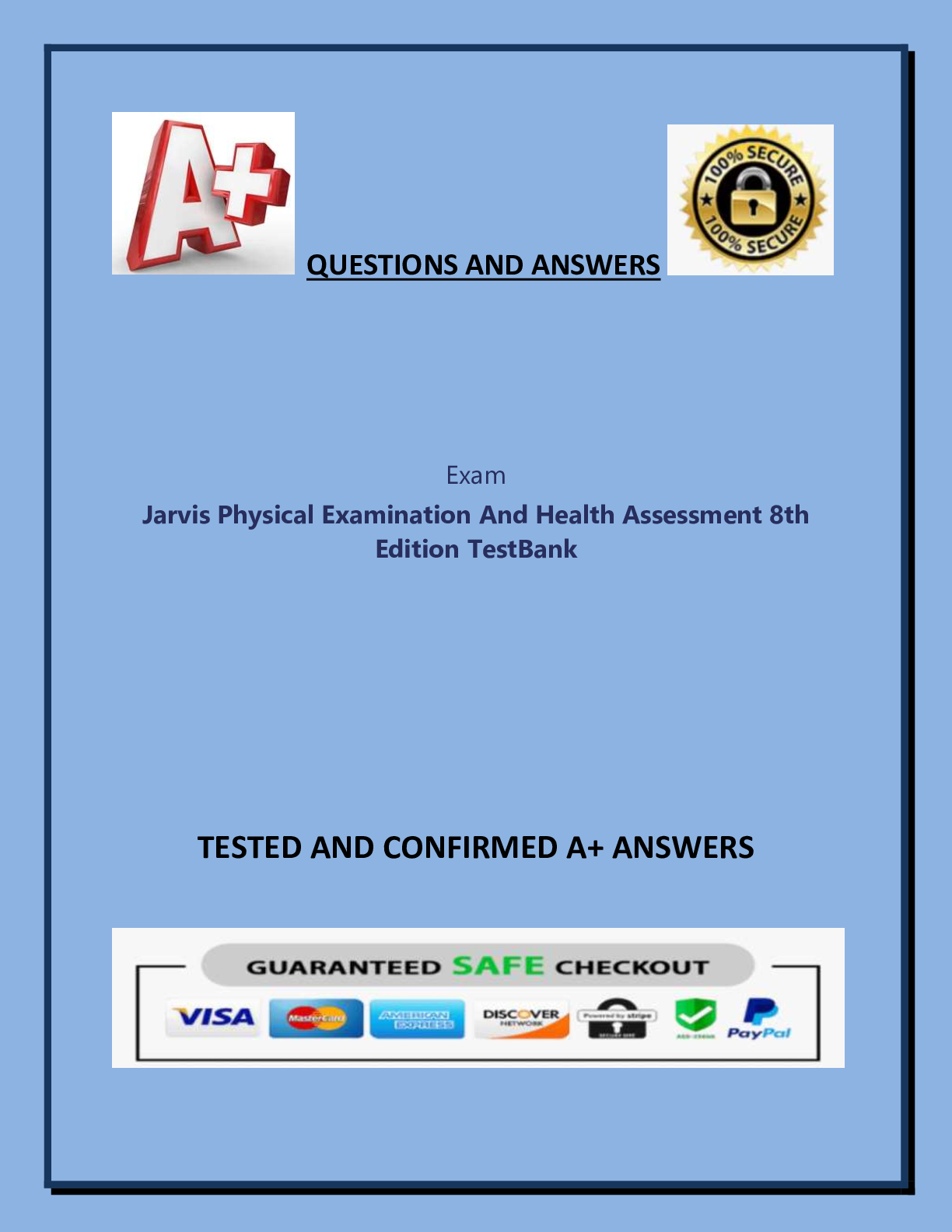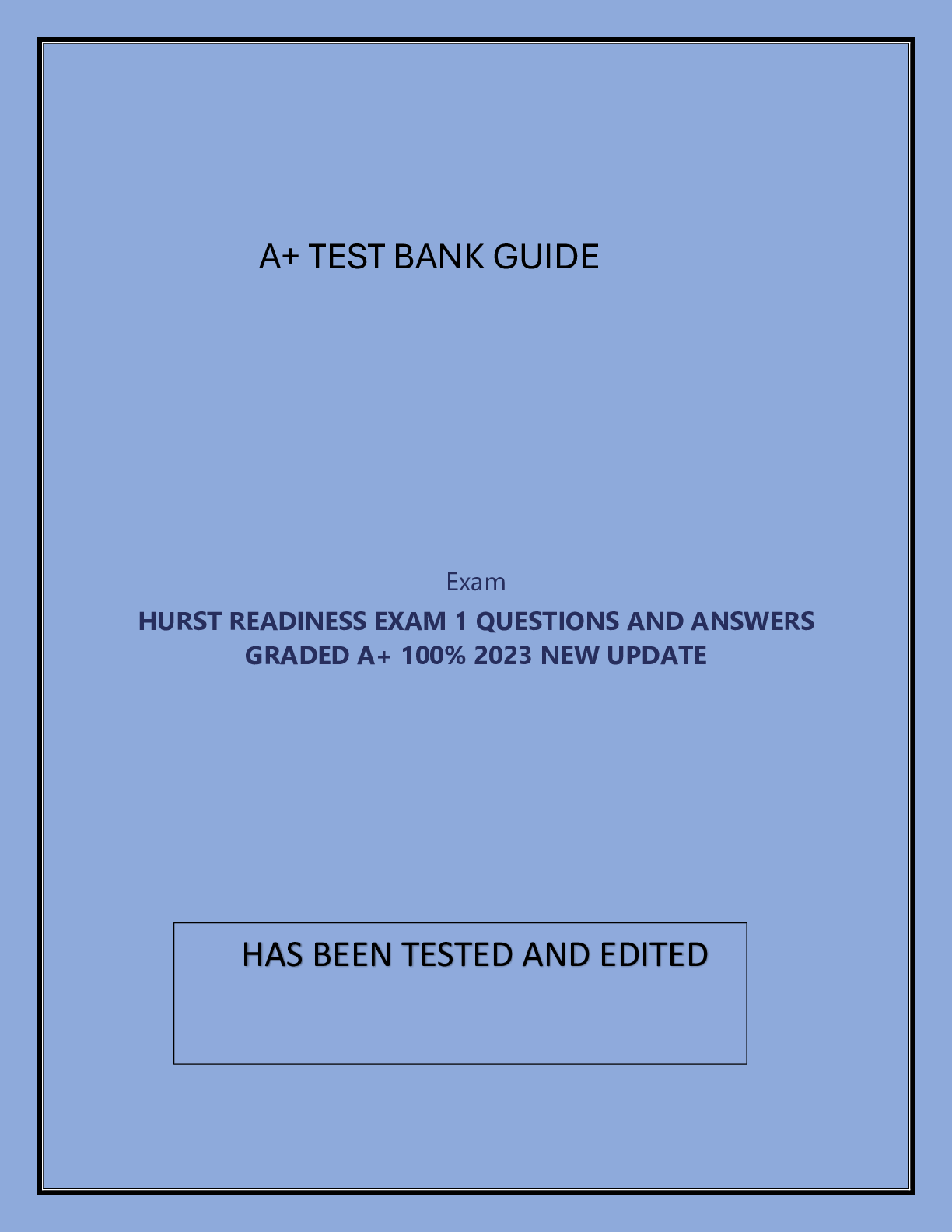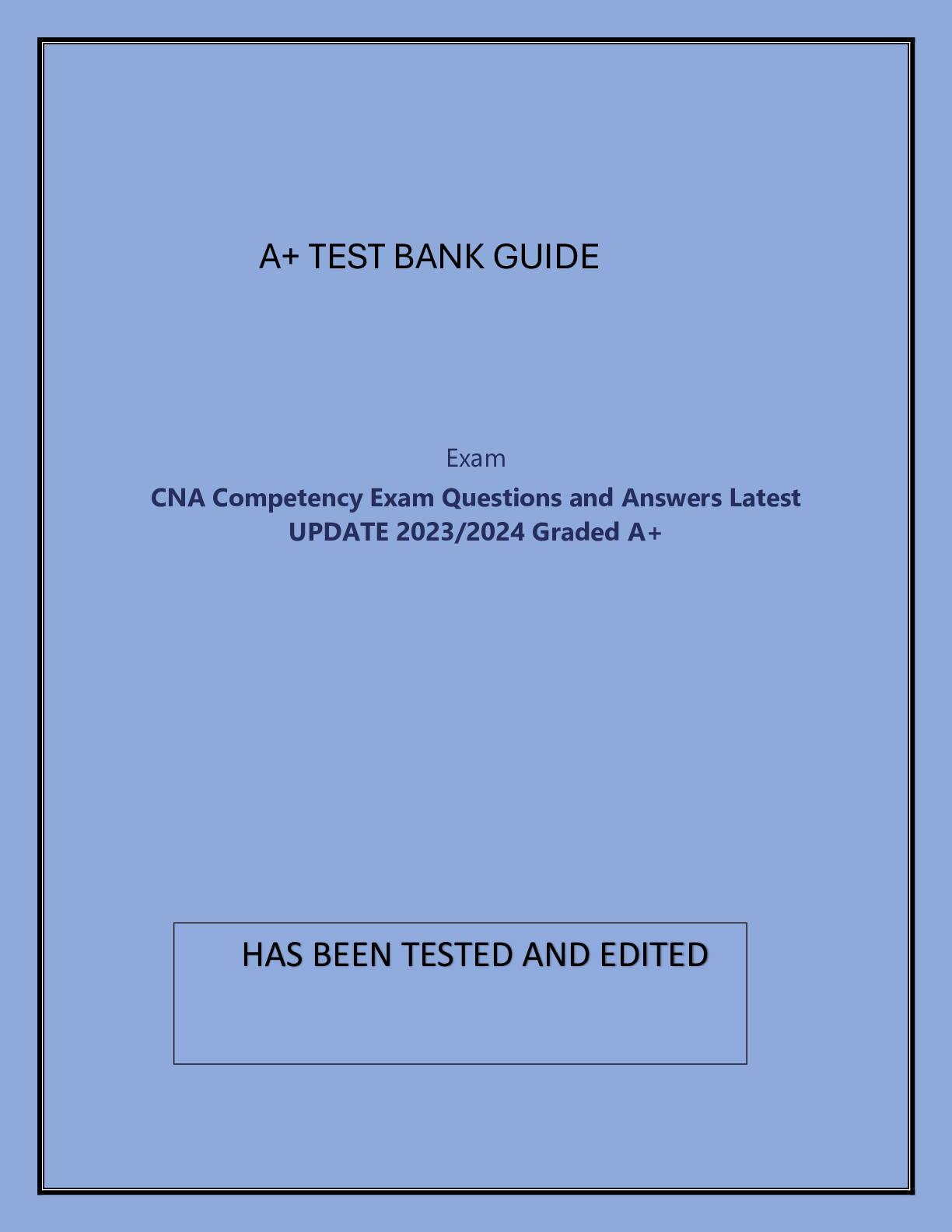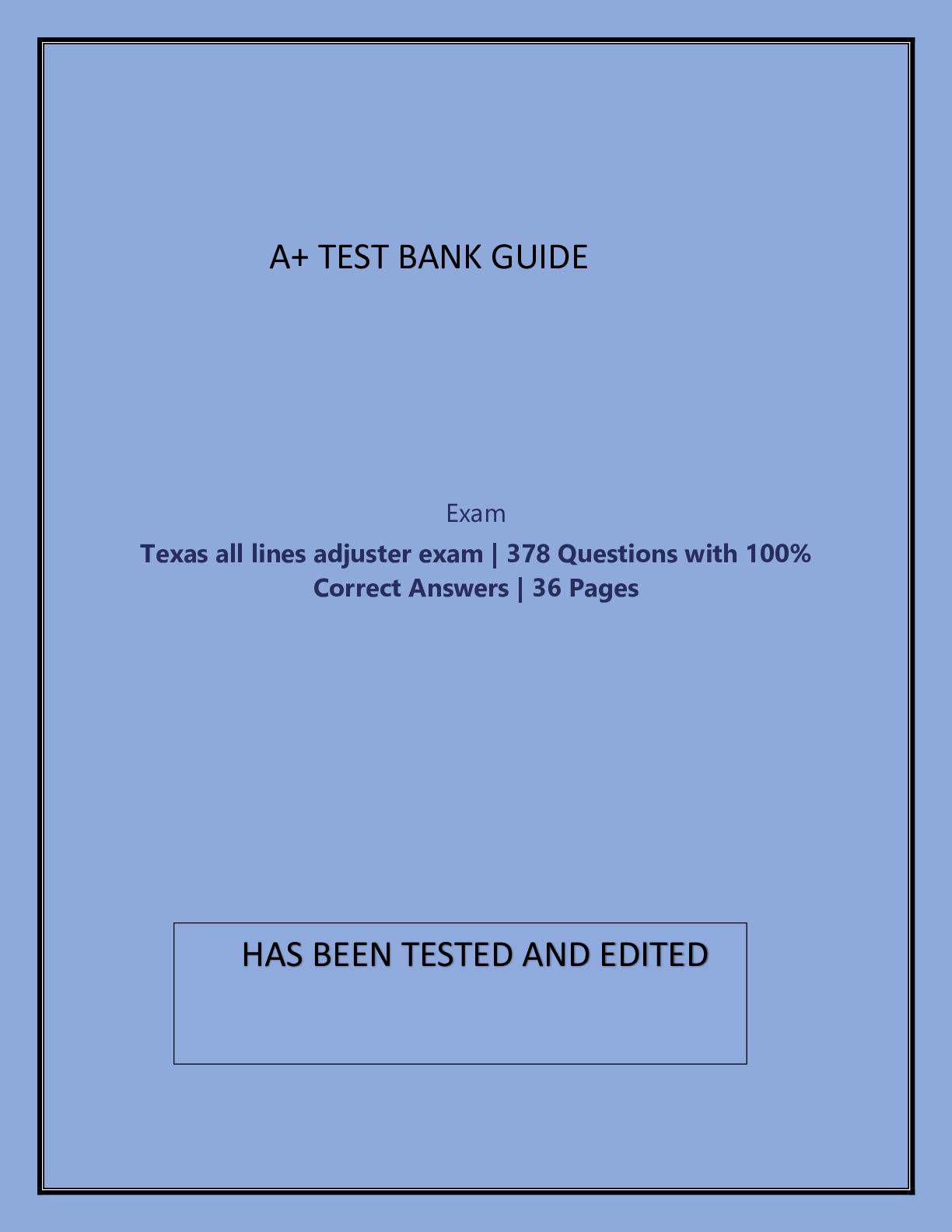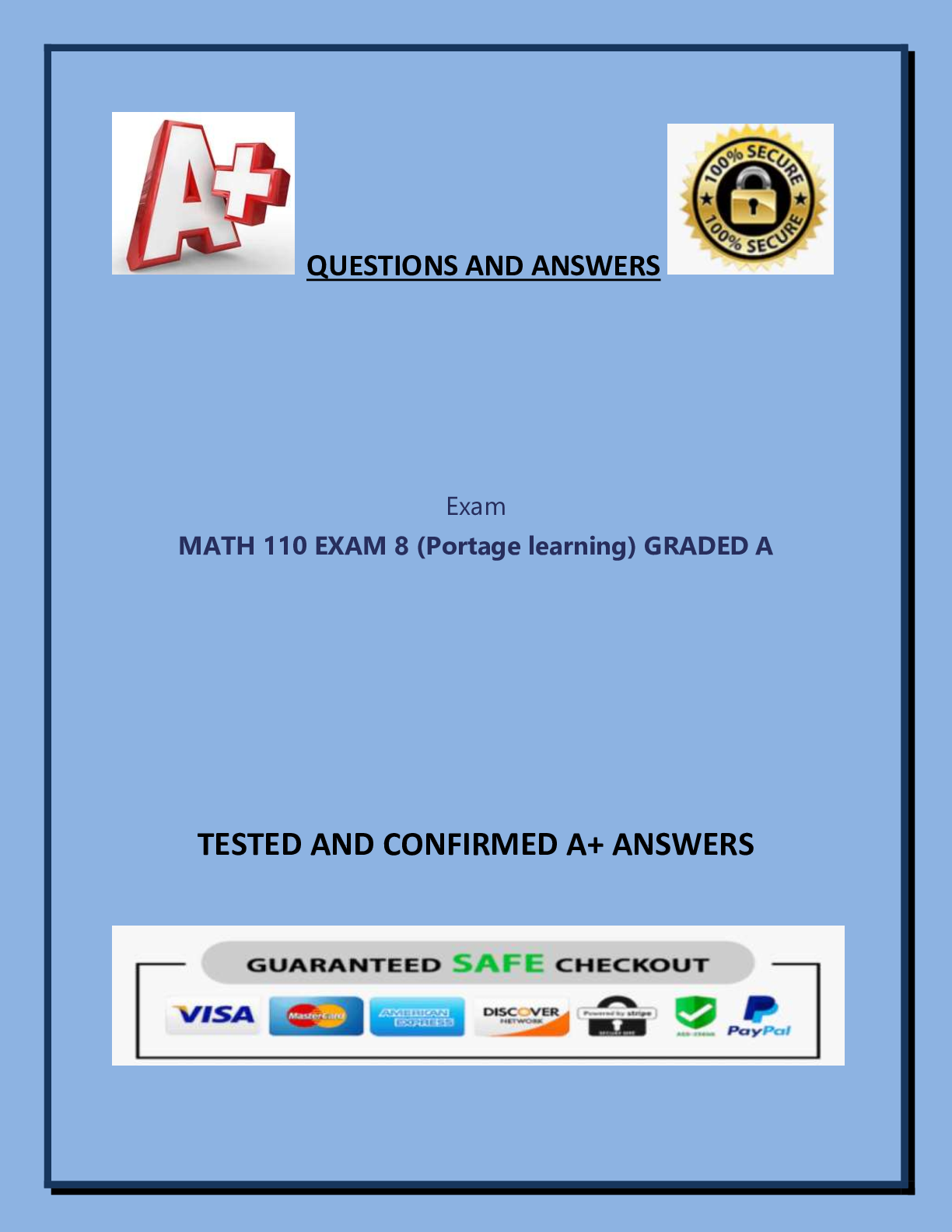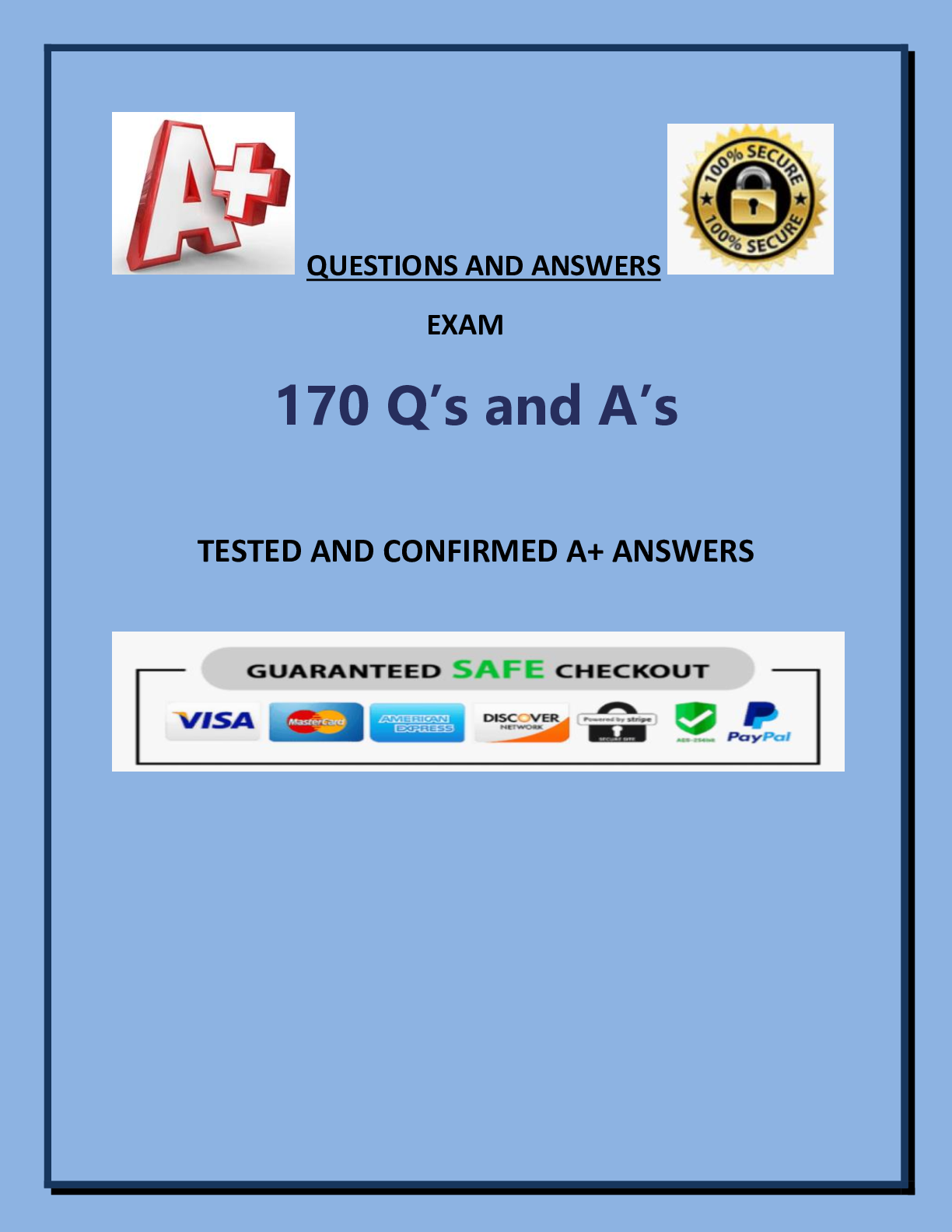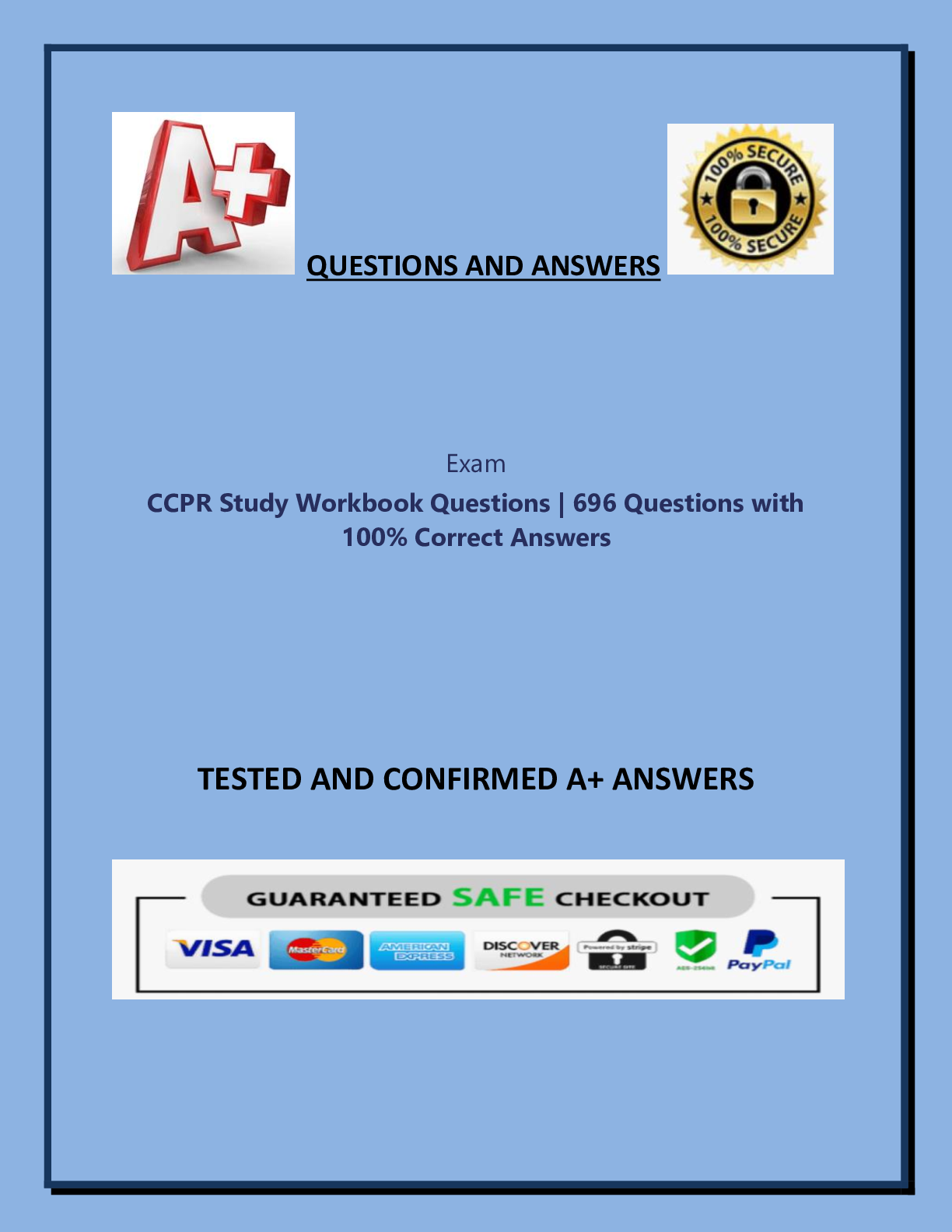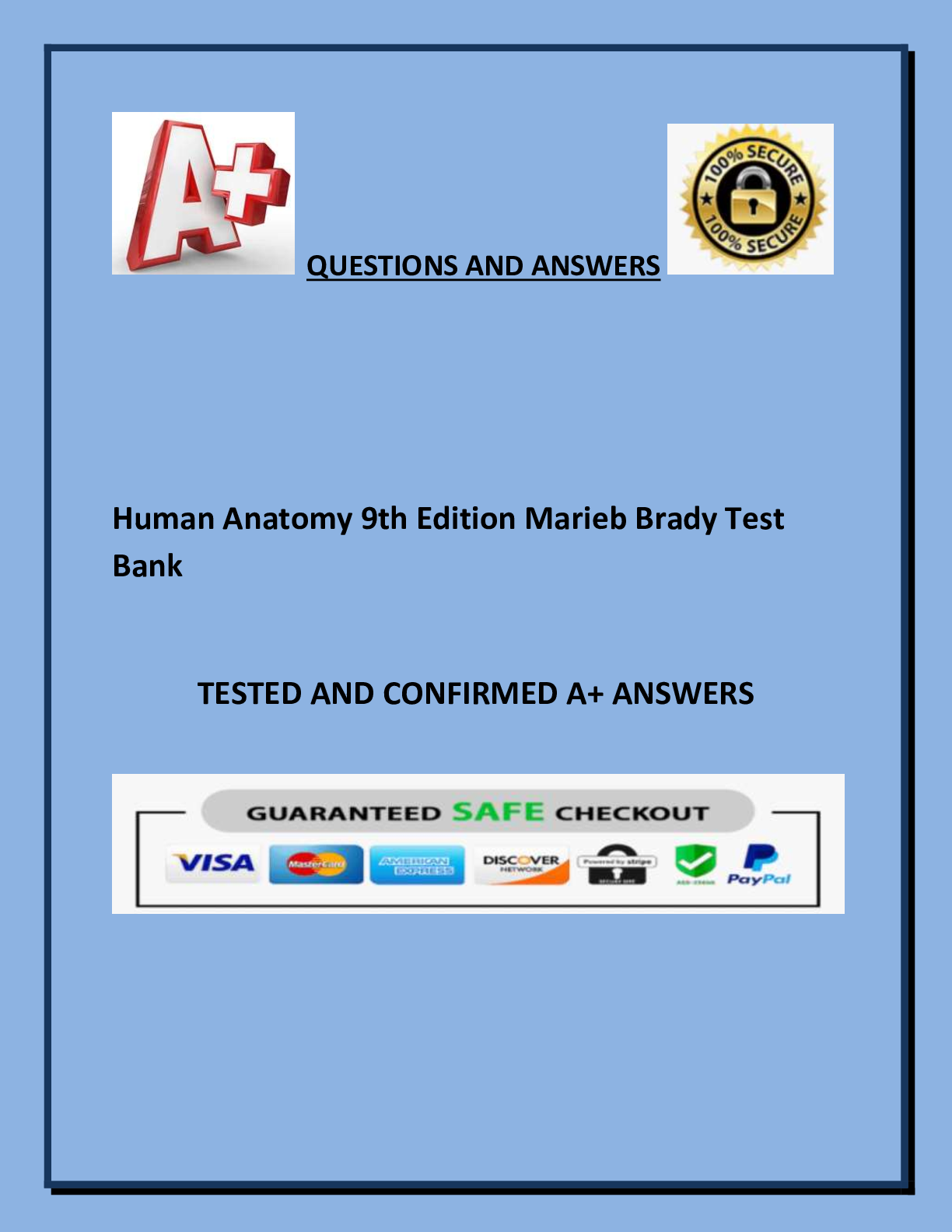*NURSING > A-Level Question Paper > Dynatrace Associate Cert Version 2 (All)
Dynatrace Associate Cert Version 2
Document Content and Description Below
Physical Assessment 1. The nurse is assessing a postoperative patient for signs of haemorrhage. Which adaptation is most indicative of shock? a. Hyperemia c. Irregular pulse b. Hypotension d. Slow ... respiration 2. The nurse is monitoring the vital signs of a group of patient. When reviewing these results, the nurse must remember that the body temperature usually is at its highest at: a. 12 AM – 2 AM b. 6 AM – 10 AM c. 4 PM – 6 PM d. 8 PM – 10 PM 3. When assessing bogborygmi, which physical examination method should the nurse use? a. Auscultation c. Inspection b. Percussion d. Palpation 4. The nurse plansto take a patient’s radial pulse. Which method of examination should be used by the nurse? a. Palpation c. Percussion b. Inspection d. Ausculration 5. Which nursing action is common to all instruments when taking a temperature? a. Identify the reading is below 35 ◦C before insertion b. Wash with cool soap and water after use c. Place a disposable sheath over the probe d. Ensure that the instrument is clean 6. The nurse concludes that a patient is experiencing hyperthermia. Which assessment precipitated this conclusion? a. Mental confusion c. Decrease heart rate b. Increase appetite d. Rectal temperature of 38.8 ◦C 7. The nurse in the emergency department is engaging in an initial assessment of a patient. Which assessment of a patient. Which assessment takes priority? a. Blood pressure b. Airway clearance c. Breathing pattern d. Circulatory status 8. The nurse is obtaining a patient’s blood pressure. Which information is most important for the nurse to document? a. Staff member who took the blood pressure b. Patient’stolerance to having the blood pressure taken c. Position of the patient if the patient is not in a sitting position d. Difference between the palpated and auscultated systolic readings 9. The nurse is teaching a cancer prevention community health class. Which recommended cancer screening guideline for asymptomatic non risk people should the nurse include? a. Pap smear annually for female 13 years of age and older b. Mammograms annually for women 30 years of age and older c. Prostate-specific antigens yearly for men 30 years of age and older d. Sigmoidoscopies every 5 years for patients 50 years and older 10. The nurse understands that the body heat production is increased by: a. Vasodilation c. Shivering b. Evaporation d. Radiation 11. The nurse is assessing a patient’s bilateral pulses for symmetry. However the nurse should not assess which pulse sites on both sides of the body at the same time? a. Radial b. Carotid c. Femoral d. Brachial 12. The nurse is caring for a patient who is experiencing an increase I n symptoms associated with multiple sclerosis. Which term best describes a recurrence of symptoms associated with chronic disease? a. Variance c. Adaptation b. Remission d. Exacerbation [Show More]
Last updated: 1 year ago
Preview 1 out of 8 pages
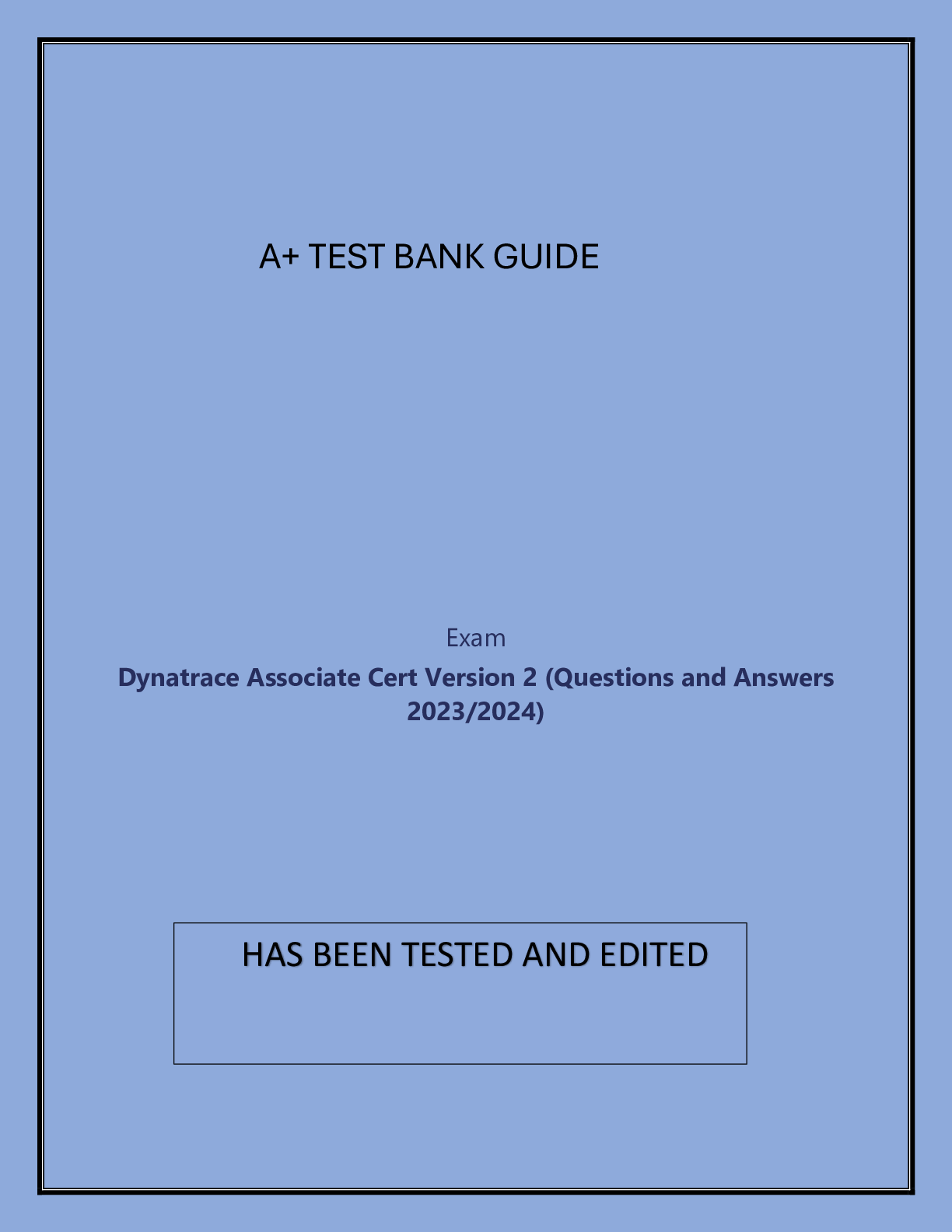
Buy this document to get the full access instantly
Instant Download Access after purchase
Buy NowInstant download
We Accept:

Reviews( 0 )
$19.00
Can't find what you want? Try our AI powered Search
Document information
Connected school, study & course
About the document
Uploaded On
Oct 30, 2023
Number of pages
8
Written in
Additional information
This document has been written for:
Uploaded
Oct 30, 2023
Downloads
0
Views
48

